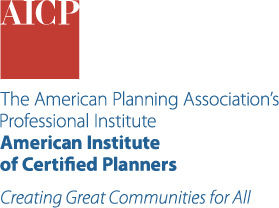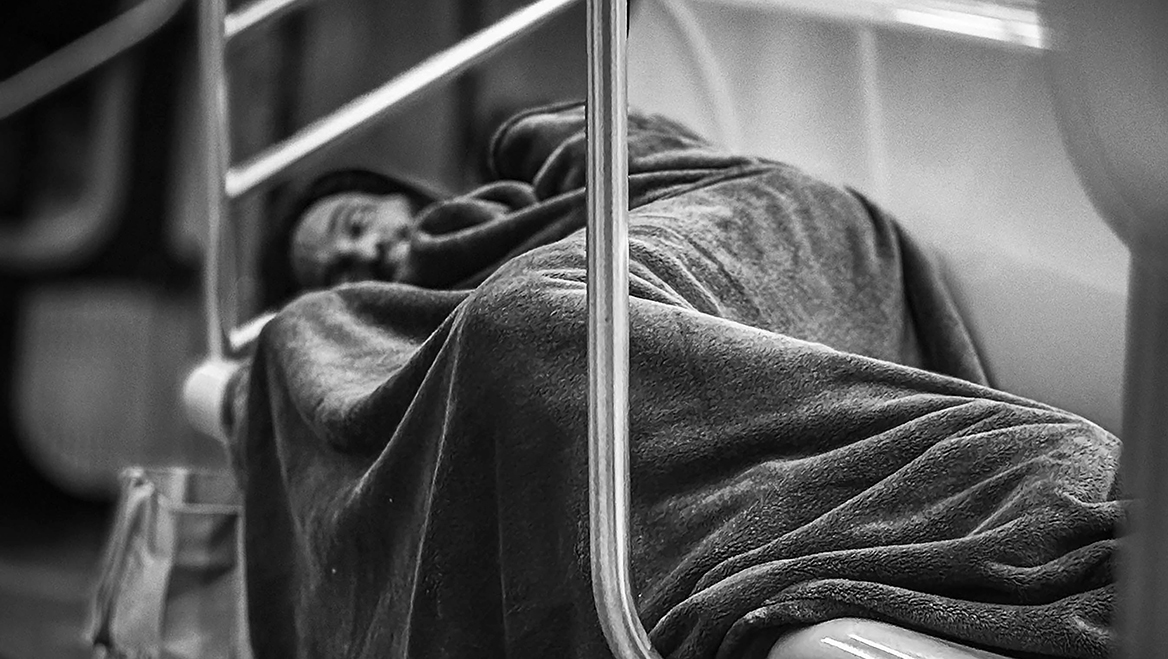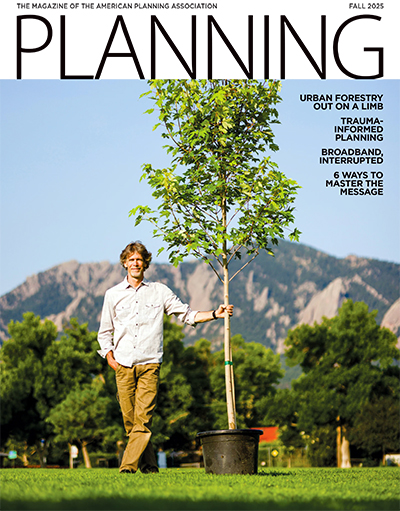Aug. 14, 2025
The number of unhoused individuals and families in the U.S. keeps rising while the supply of affordable housing continues to fall short. The Department of Housing and Urban Development's point-in-time estimate put the 2024 figure at 771,480 people nationwide, an 18 percent increase over 2023.
Recent natural disasters also show that the line between stable housing and homelessness is far thinner than many realize.
Local governments often struggle with the demands of building shelters, but there are other meaningful ways to make a difference. Subtle changes in policy, sharing public facilities, or making targeted investments in small-scale programs can improve the quality of life and sense of agency for unhoused people.
I speak from personal experience: Circumstances in my young adulthood resulted in a period of homelessness in my own life. My experiences during that time shaped my consideration of the dynamics between planners and how we serve transient residents.
5 practical programs for planners
Recently, I revisited these experiences when my family was displaced twice after Hurricane Helene and a series of devastating ice storms in North Carolina's High Country. This reinforced how important it is for local governments to help ease the burden of homelessness and better support their citizens through times of crisis.
1. PUBLIC FACILITIES SUPPORT DIGNITY
Too often, discussions of support for homelessness focus on the need to provide a bed for the night — but many shelters may not even open until evening hours, with patrons expected to leave again in the morning. This model ignores other essential bodily needs such as using restrooms and eating.
Local governments can support or share existing public facilities that address basic needs, like access to toilets and clean drinking water in parks, convention centers, or offices.
Many cities have already invested in different kinds of publicly available restrooms. One type is a pod-like bathroom that self-cleans. These are in use in along the coast of San Francisco and in downtown San Antonio.
2. FOOD AND NUTRITION ARE VITAL
It is easy to underestimate the value of a kitchen with a stove, microwave, sink, and clean eating utensils so that people can store and prepare nutritious foods like meat, dairy, and fresh produce. Without those amenities, healthy nutrition and food safety can be seriously compromised.
As planners, we commit to supporting the health, safety, and welfare of our residents, which must include opportunities for nutrition for all. Many organizations are structured around filling this gap. It is common to see agencies that offer shelter services also providing or connecting with nutrition-focused programming.
Food pantries are a common community resource. Some local agencies, like Hospitality House, grow their own food onsite, purchase from local farmers, and partner with other nonprofit or faith-based organizations to generate a meal schedule. Pay-what-you-can food service programs, like those offered by F.A.R.M. Cafe, offer a healthy meal subsidized by patrons who can pay full price. Local governments can support these models by supplying space, labor coordination, and/or funding.
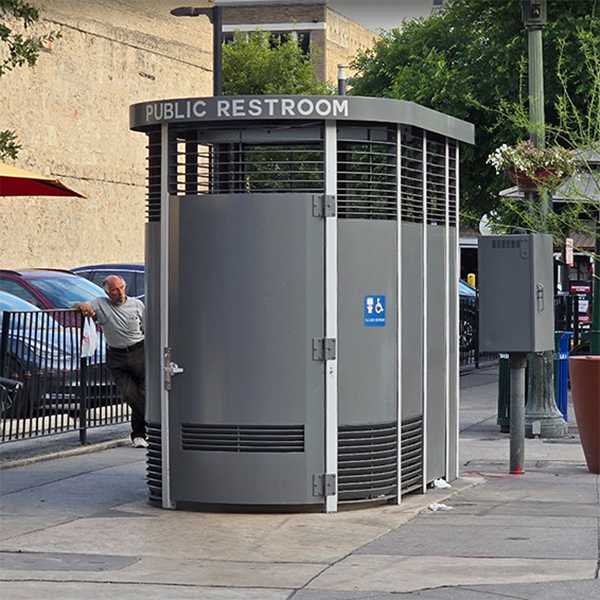
Creating access to toilets in public spaces, like this Portland Loo model, supports access to dignity. Photo by Chris Quattro.
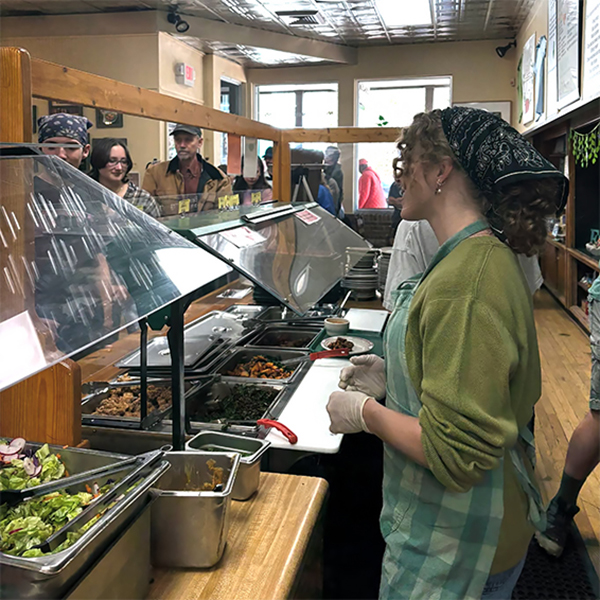
F.A.R.M. Cafe, in Boone, North Carolina, offers healthy no- or low-cost meals. Photo courtesy of F.A.R.M. Cafe.
3. APPEARANCE GRANTS ACCESS
Critical public facilities like restrooms already exist in places such as shopping malls, parks, grocery stores, and businesses. However, I've learned that appearance grants access. In other words, well-dressed individuals with good hygiene are not typically questioned when they need to use the grocery store restroom.
Municipalities around the country are investing in portable laundry and shower services. These were among the first services deployed by FEMA when disaster struck the High Country. Other organizations provide free clothing pantries or haircuts. Partnerships with fitness or healthcare organizations with shower facilities can be a low-cost option, too.
4. THE IMPORTANCE OF BELONGINGS
Homes provide valuable space to store food, clothing, cleaning supplies, and other personal items. So, meeting a person's long-term needs for hygiene, nutrition, and mental well-being also requires the ability for that individual to have secure storage.
Susana Mendez Segura and her mother are community activists in San Antonio, Texas, dedicated to acquiring and distributing essential items like healthy food, blankets, and medicines to the unhoused population living in their community through their organization, Bread and Blankets Mutual Aid. However, the impact of this work is dictated by whether those individuals can safely store their belongings.
Having a safe space to store personal belongings, particularly those of sentimental or real value, is an important amenity that unhoused individuals lack. Limited supplies can be carried, and sometimes bringing belongings inside can be restricted or draw unwanted attention. Leaving items unattended outside has a high risk of theft or disposal. Private storage units usually require a driver's license to rent, and in most states, a permanent address is required to have a driver's license. Therefore, this option may not be available for people experiencing homelessness — even if they can cover the costs.
Some facilities provide lockers. In Madison, Wisconsin, the nonprofit Friends of the State Street Family hosts a Keys to Dignity program offering locker storage to unhoused individuals that is accessible within the right-of-way. Denver, Colorado, offers a similar locker service in a municipal building, as does Berkeley, California, but with limited access hours and proof of ID. These partnerships help bridge the gap, with limited staff or funding needed.
5. MENTAL HEALTH AND MORAL SUPPORT IS CRUCIAL
Being unhoused can feel like there is no foundation to your life. The status of transience begins to seep into all aspects of living, and it is difficult to feel attached to anything as everything becomes temporary or borrowed. Therefore, having additional mental health support services to maintain a sense of self is a key goal for longevity.
Cities can start with training opportunities, such as those sponsored by the federal Homeless and Housing Resource Center. They also can support the work of established nonprofits through grants, use of public facilities, staff support, and fee waivers.
Addressing the needs of the unhoused in any community is a complex, long-term process. It's also not something that planners must do alone. Seek out people who are willing to help implement plans for direct community impact.

